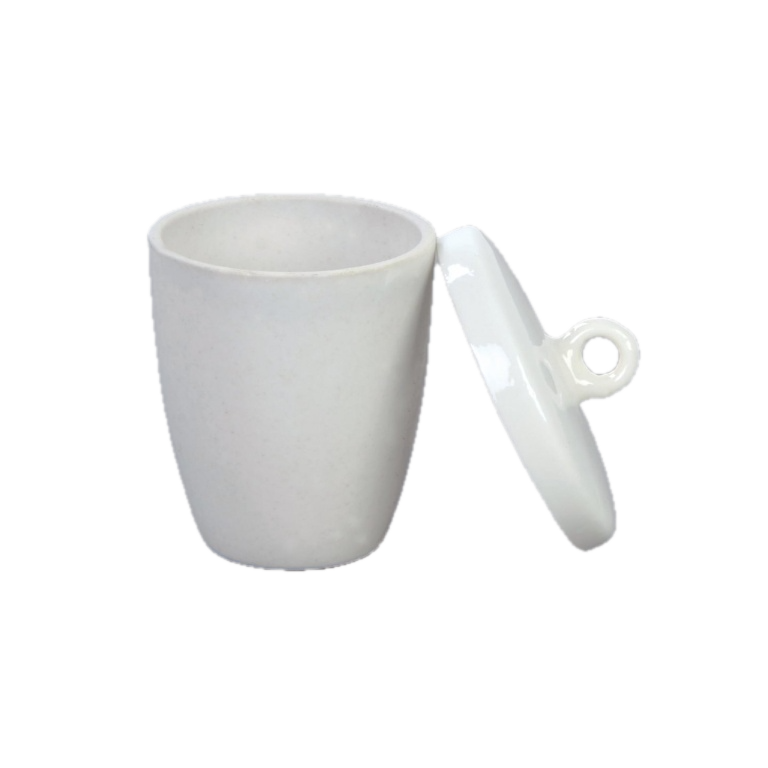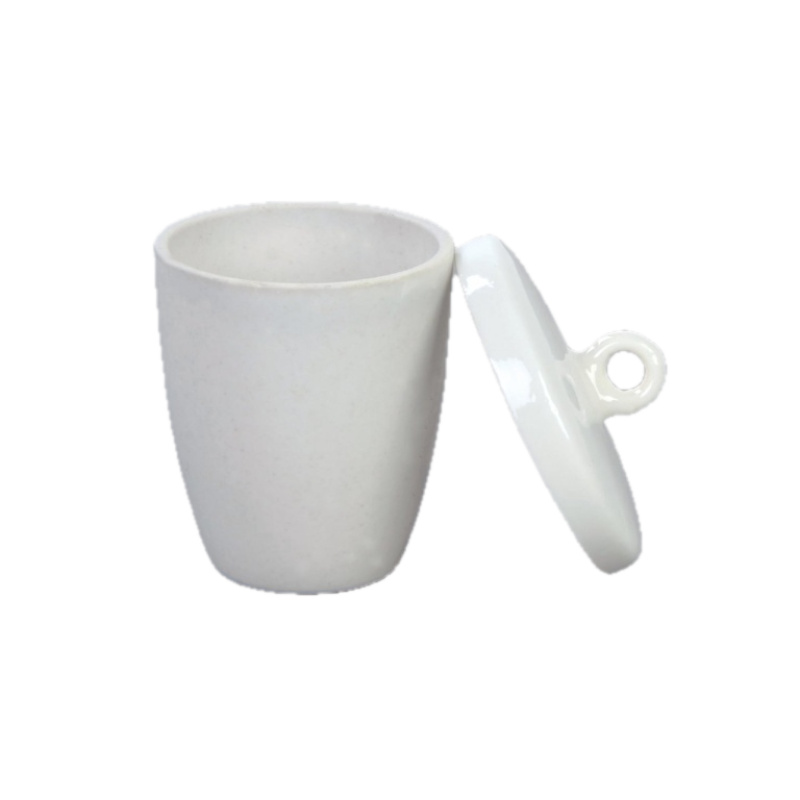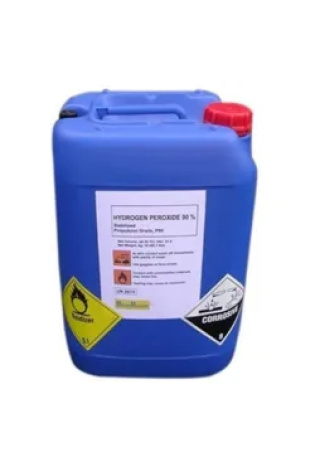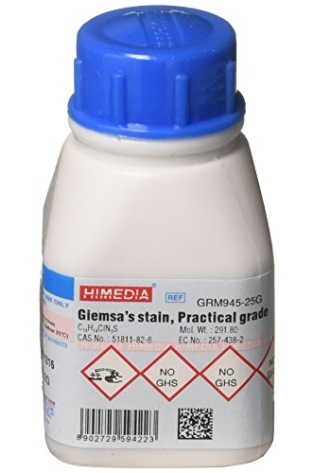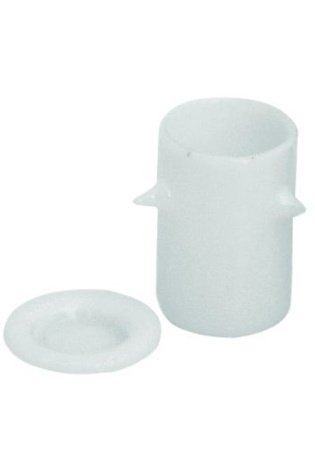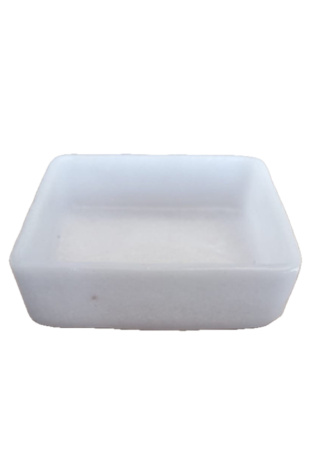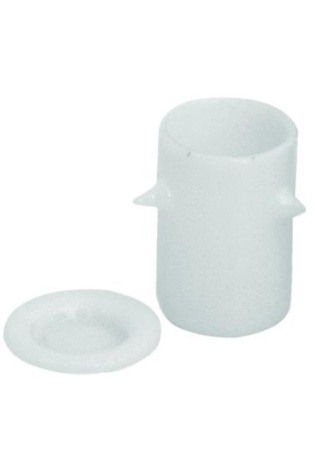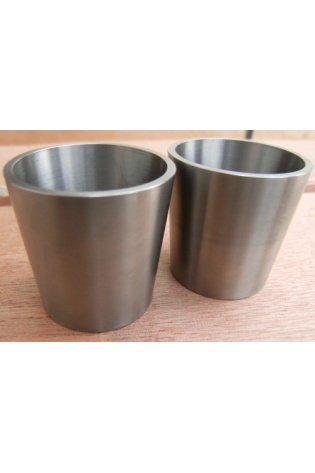Porcelain Crucible with Lid
Porcelain crucible Tall form with Lid
High-temperature heating and melting: Melting metals or salts: Porcelain Crucible with Lid are often used to heat metals, salts, and other solid substances, especially when high-temperature melting is required. …
Calcination: …
Combustion and ash: …
Evaporation and concentration:
High-temperature heating and melting:
Melting metals or salts: Porcelain crucibles are often used to heat metals, salts, and other solid substances, especially when high-temperature melting is required. The lid can help reduce the evaporation or splashing of liquids during the melting process to ensure the safety of the experiment.
Heating solvents: For example, when heating liquid solvents, porcelain crucibles can withstand higher temperatures, while the lid can reduce the volatilization of solvents and avoid solvent loss.
Calcination:
Calcination process: Calcination refers to heating ores or metals to high temperatures under limited or no oxygen conditions to cause chemical changes, such as converting ores into metal oxides. Porcelain crucibles and lids can help control the reaction process and avoid the loss of volatile components.
Mineral conversion: For example, in metallurgy, ores are heated to high temperatures to convert them into useful metals or oxides, and porcelain crucibles and lids provide the necessary sealing environment.
Combustion and ash:
In analytical experiments, especially in ash content testing, samples need to be heated to high temperatures until organic matter is completely burned, leaving inorganic ash. Porcelain crucibles and lids can effectively contain the gases and vapors generated during the high-temperature process while reducing sample loss.
Ashing: Porcelain crucibles are used to heat samples until they are completely ash-coated, and the lids prevent excessive ash loss and reduce excessive oxygen reaction to organic matter.
Porcelain Crucible with Lid Evaporation and concentration:
In some experiments, the solvent in the liquid needs to be evaporated by heating. The porcelain crucible can effectively withstand high temperatures, and the lid can prevent the solvent from volatilizing excessively, maintaining a stable experimental environment.
Solvent evaporation: In some chemical reactions, the solvent in the sample needs to be evaporated for subsequent analysis or processing. The lid prevents excessive evaporation of the liquid and reduces material loss.
Precipitation reaction:
Some chemical reactions promote the formation of precipitation by heating. Using porcelain crucibles and lids can effectively control the reaction temperature and avoid external contamination. The lid also helps prevent the precipitate from being contaminated or accidentally disturbed during the heating process.
Insulation and atmosphere control:
In some experiments, the lid of the porcelain crucible can help maintain the seal and control the atmosphere inside the crucible to prevent oxygen or other components in the air from affecting the experimental process. For example, some reactions need to be carried out in an inert gas atmosphere, and the lid helps maintain this atmosphere to prevent reactions with oxygen in the air.
Porcelain Crucible with Lid
Porcelain Crucibles are used with Muffle Furnaces for loss-on-ignition (LOI) testing of cement, fly ash, and soil materials.
They are temperature-rated to 1,832°F (1,000°C). They have a high-form design and are glazed inside and out, except for the outside bottom and rim.
- Porcelain Crucible with Lid
Porcelain Crucible with Lid
